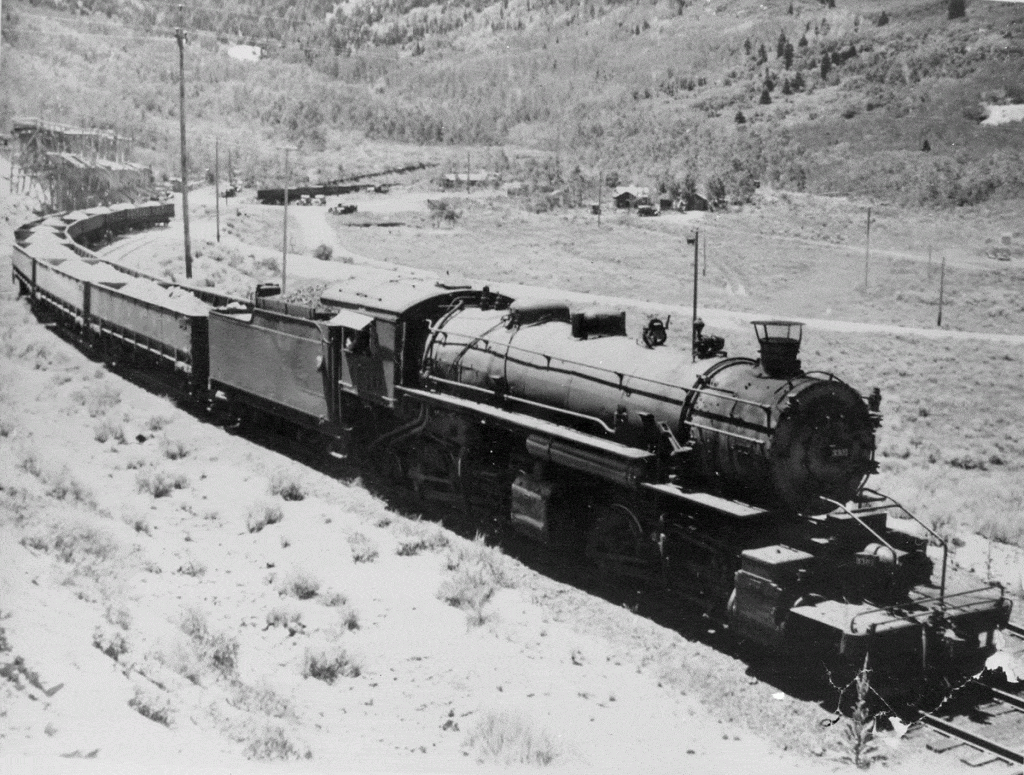Welcome back to our next article on the history of Deer Valley. Last week we discussed the mines of Deer Valley – the Constellation, the Queen Esther and the Park City Consolidated. Unlike the former two, the Park Con was a significant producer. Unfortunately the Park Con realized its most productive years from 1929 to 1939. Tough times for sure.
During the Great Depression and ensuing global economic collapse prices for silver, lead and zinc reached historic lows. Despite these difficult economic times the Park Con was one of Utah’s most prolific mines producing over $4 million in vital metals. Profits were reinvested in the property.
The mine’s main shaft reached a depth of 900 feet. Below the 300 foot level water was a significant problem. In 1935 arrangements were made for the Park Con to drain their water into the Ontario drain tunnel. But shaft and tunnel instability represented other expenses.
By 1940 the clouds of war spread economic optimism for Park City’s mines prompted by the expected increase in demand and prices of lead. Yet union unrest caused a dramatic decline in production at the Park Con and the outbreak of war triggered labor shortages. Production stopped altogether in 1942. Speculation for reopening the idled mine floated and Park Con stock continued to be traded until the late 1940s. Unfortunately the once-great mine would never reopen. Locals referred to the star-crossed Park Con as Park City’s “hard luck” mine.
Which brings us to the illusion found in this photograph. The location is today’s lower docking station for the St. Regis funicular. Featured is a Denver & Rio Grande engine coupled to a cut of fully-loaded gondolas at the Park Con loading station visible on the left. Production was obviously robust. However, depressed commodity prices ensured the mine wouldn’t make much money. Thus, the illusion of prosperity.

Credit: Park City Historical Society and Museum, Bea Kummer Collection
There are some interesting aspects of this photograph that clue modern viewers into the historical setting. Notice the spark arrestor on top of the smoke stack and the makeshift sun shade over the engine compartment window; both indicate that it was a hot and dry summer day. The fully-loaded tender indicates the engine was fueled for the two hour journey to the Salt Lake Valley down Parley’s Canyon, most likely destined for the smelters of Midvale. The engine was a Mallet style articulated steam locomotive, perfect for negotiating the sharp curves associated with the Park City branch of the rail line.
Consider the topographical features beyond the loading station as well: the future location of Bob Burns and Otto Carpenters’ Snow Park Ski area which opened in 1947. Present-day Snow Park Lodge at Deer Valley derives its name from the early ski area. The Denver & Rio Grande right-of-way became Deer Valley Drive. With the construction and opening of Deer Valley Resort in 1981, economic prosperity for the area was finally realized.